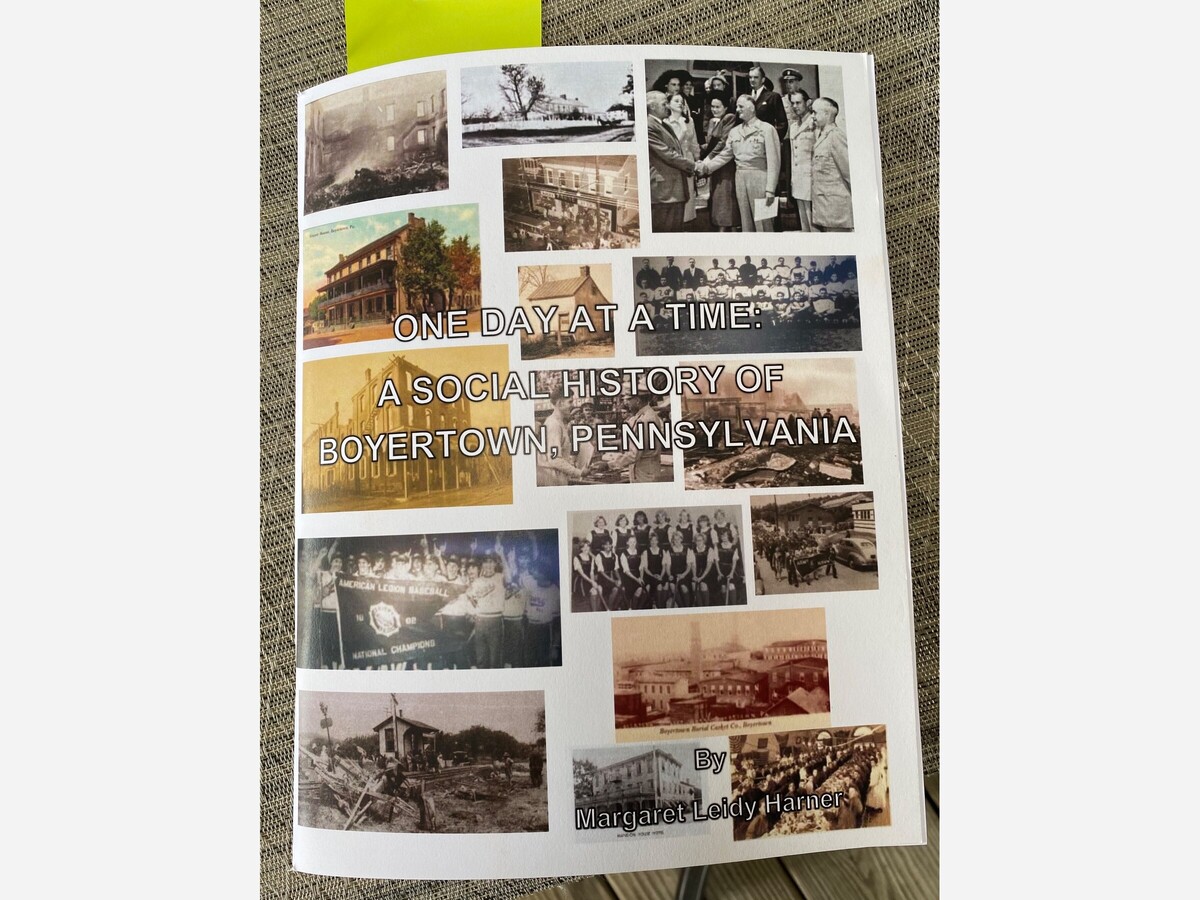Image


By Margaret Leidy Harner from her book One Day at a Time: A Social History of Boyertown, PA.
January 13, 1908: It was a night never to be forgotten in Boyertown. One of the deadliest fires in American history happened that cold, clear night of the full moon. It made international news; there were articles in London newspapers and the President of France sent a cablegram with condolences to the families of the victims. A catalyst for bringing about major changes, its impact was sobering, immediate and far-reaching, from more stringent fire safely laws to descendants still living today.
There was an extravaganza playing that night in the second-floor theater of the Rhoads building on the corner of East Philadelphia Avenue and South Washington Street, known as the Opera House, sponsored by the Sunday School of St. John’s Lutheran Church. The play was called “The Scottish Reformation.” It was a sell-out, almost 400 people were crammed into the theater.
The play began at 8 PM and the audience was enthusiastic. After the third act, around 9:30, there was a “magic lantern” slide presentation. The projector emitted a harmless, hissing noise that startled the audience, and the commotion reached the cast behind the combustible curtain. One of the actors pulled it aside to see what was happening, upset a kerosene footlight, which ignited the linen curtain and started a fire that created a wall of flame between the audience and the stage. It soon escalated into a roaring inferno that enveloped the entire auditorium.
As the fire spread, the screaming, confusion, intense heat and suffocating smoke caused panic to grip the audience, and many rushed to the double entrance doors that opened inward. A mass of frightened people pushed against those doors, wedging them shut, and the pressure of the frantic crowd prevented anyone from prying them open. They were trapped.
The fire escapes were unmarked and more than three feet off the floor, very difficult for anyone, especially women in their long, flowing dresses, and heavy winter outerwear to maneuver. Fifteen minutes later, everyone left in the room was dead. Miraculously, more than 200 people escaped, but 170 died.
Firefighting efforts were useless. Firemen pulling the Keystone hose cart down Philadelphia Avenue from South Reading Avenue had not taken into account that the street had just been paved and the heavy engine would travel much faster on the smooth surface than they were used to on the dirt road. It bowled out of control, veered toward fireman John Graver and crushed him against a tree, only one block from the fire. The cart was destroyed and Graver was carried into Dr. Thomas Jefferson Boyer Rhoads’ surgery, where the doctor valiantly tried to save his life. Unfortunately, Graver died two hours later. John’s sister Lottie Graver also died that night as a result of burns and other injuries suffered in the fires.
It was Dr. Rhoads’ building that was on fire, but he and his wife had been spending a quiet evening at home until the fire began. By the time the Friendship Hook and Ladder Company (affectionately known as the Hookies) brought their horse-drawn wagon to the scene, the building was fully engulfed in flames. A frantic throng of sobbing relatives and friends gathered on the streets, wild with grief, waiting for news. No one slept in Boyertown that night.